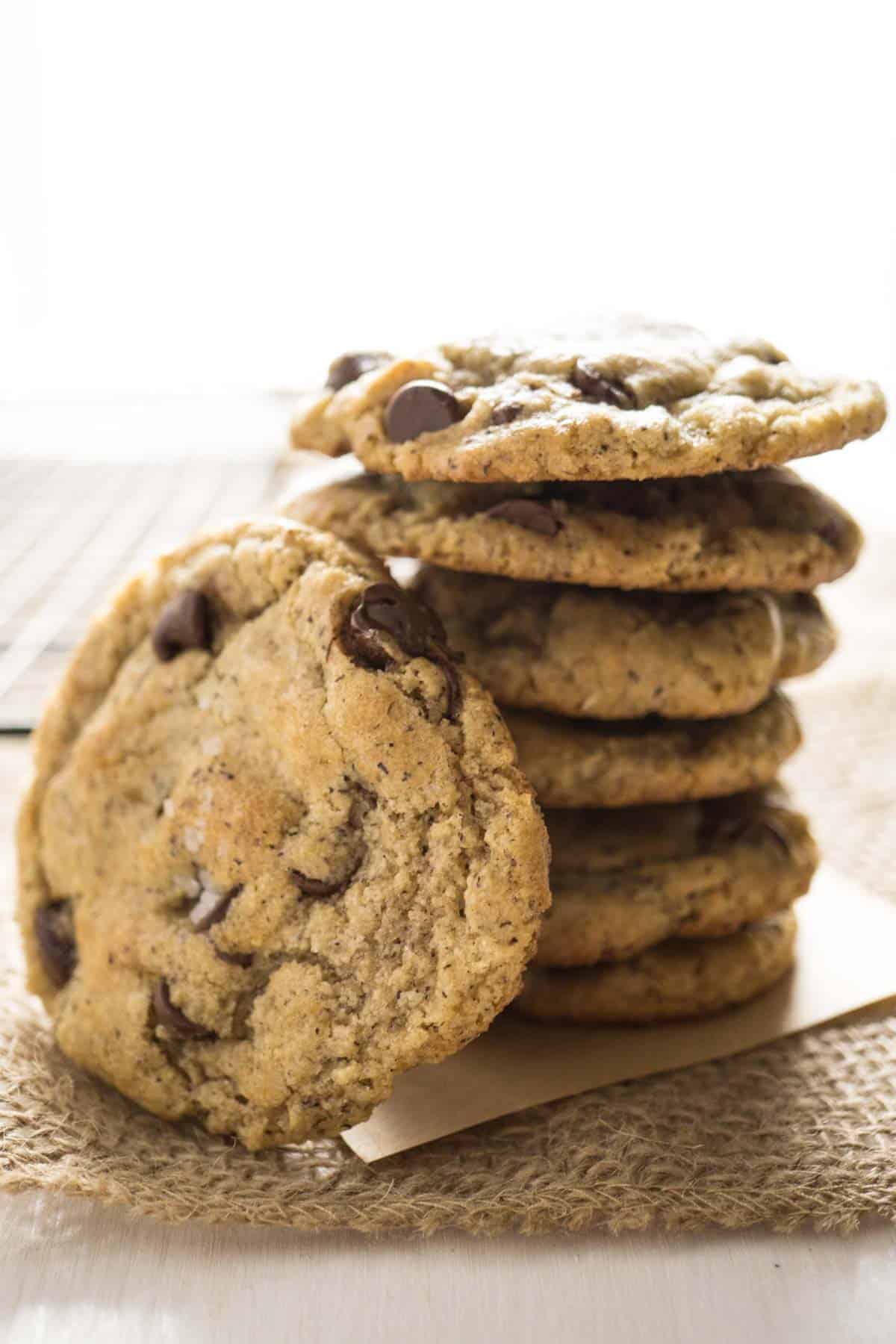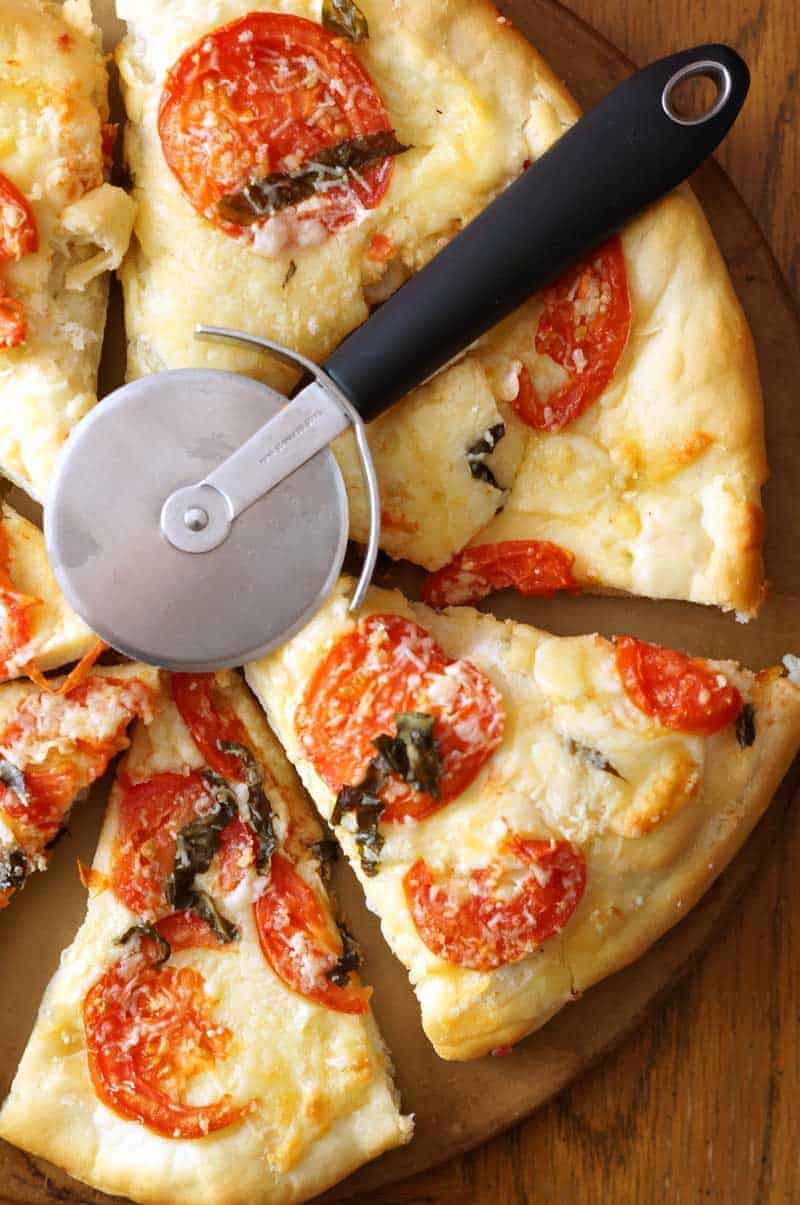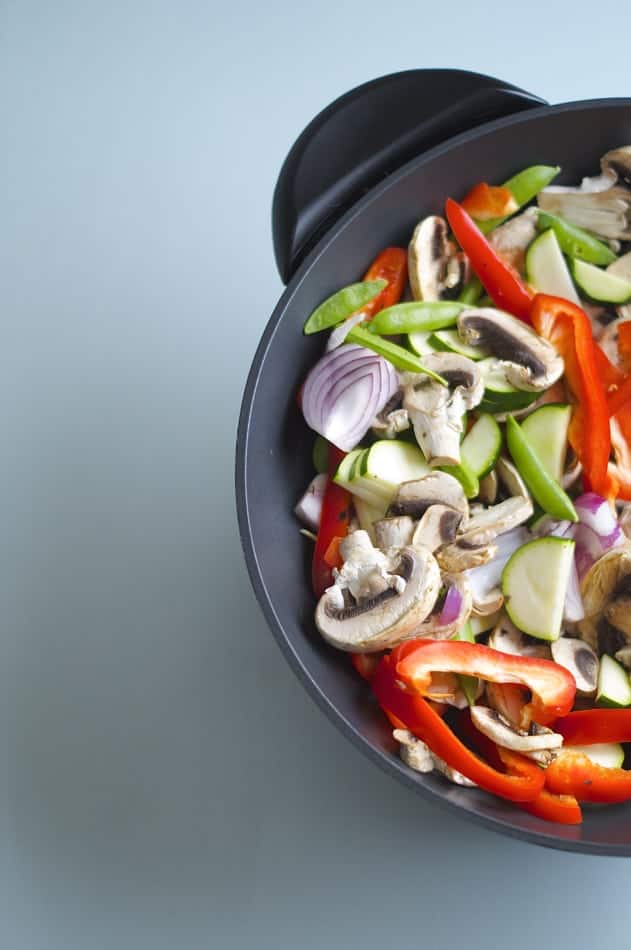
This article originally appeared on Kath Eats Real Food. Kath is a Registered Dietitian and bakery shop owner who posts delicious recipes and informative nutrition articles. Check out her blog to be inspired by what a Dietitian really eats!
5 ways to hack your eating habits
Our brains are tasked with many decisions every day. Brian Wansink, author of Mindless Eating, has estimated through his research that over 200 of those decisions are food-related. Does that surprise you? It should, since most of those decisions happen so quickly you don’t even notice them!
Carefully evaluating each decision we make would be too overwhelming and time consuming, so our brains like to create shortcuts. That’s why humans develop habits, to cut down on inefficient decision-making with a more subconscious and automatic process.
Unfortunately, habits tend to work against us when we try to make changes in our lives, like trying to eat less. There’s good news though: by being more aware of this, you can make your brain’s shortcuts work for you instead of against you! Let’s hack those habits.
1) divide and conquer
A universal habit that people tend to develop is eating in pre-determined numbers. When I was a kid I was allowed to have two cookies for an after school snack. This number is now ingrained into a habit. When I indulge in cookies, I instinctively reach for two. It just feels like the right amount! It’s simple to hack this eating habit, by simply making smaller cookies!
When I make a scrumptious batch of soft and chewy chocolate chip cookies, I use a small cookie scoop. Some might complain that it’s a tiny cookie scoop, but it helps me to eat less without feeling as though I’m restricting myself. I still instinctively reach for two cookies but now my cookies are half the size so I’m really only eating the equivalent of one larger cookie.
Sandwiches are another great example. By definition, a sandwich is always going to have two slices of bread, right? So just make those slices smaller. When you’re grocery shopping, look for bread with smaller pieces. You might be surprised to find that your hunger is just as satisfied with a slightly smaller sandwich.
This can work for many other foods, like muffins, pizza, etc. For example, most people have a typical number of pizza slices they will eat at a meal, regardless of size or thickness of crust. Habits reign supreme. When you order a pizza, get out your pizza cutter and cut each slice in half. Or, ask for it on thin crust instead of thick crust. You can eat less calories without making your brain feel like you’re being restricted from eating what feels right.

2) always order a small
People tend to finish the amount of food served to them, regardless of whether they’re actually hungry for it. Be aware of this habit in order to cut down on overeating when ordering food products.
Food companies strategically price their items so that the value increases with increasing size. The thrifty side of you might be drawn to order the medium, since you get SO MUCH MORE for only a little bit extra. But do you really need those extra calories? Most people don’t. Plus, your instinct to save money by going for the value-priced item is actually working against your wallet. You’re not saving any money by ordering the larger size; it still costs you more, and you’re purchasing something you probably don’t need. If you get the medium, you’re likely to finish it even if you’re not hungry for the whole amount.
So do yourself a favour, and make it your policy to always order the small.
3) share a meal
Most restaurants serve gargantuan portion sizes, in order to make you feel like you’re getting great value for the price. The primary exception to this rule is at fine-dining restaurants, where value for the price is not the biggest consideration! It turns out that fine-dining places are doing it right, because the perceived “value” of a huge meal comes at a huge caloric price, and once again you are probably going to eat everything on your plate out of habit, whether you like it or not.
The way to circumvent this habit is to avoid the huge full entrée. Ask for the entrée of your choice in the half-size version, or better yet, if you’re out with another person, convince them to share an entrée with you. It’s hard to match that kind of value, a half-priced entrée! The best part is that you won’t leave the restaurant feeling like a stuffed turkey.
4) load up on veggies
It’s no secret: veggies are good for you! They also happen to be full of water and fibre: two nutrients that are filling and have zero calories. Make this a new habit:
a) fill up half your plate with veggies
b) eat your veggies first and then use whatever room you have in your stomach afterwards to eat the caloric portion of your meal.
If you’re making a one-dish meal where all the ingredients are mixed together, make sure to add in a ton of produce so that half of each mouthful is composed of veggies.

5) be the last person to start eating
When people eat in a group setting, they sometimes take their eating cues from other people. Slower eaters eat faster. Faster eaters eat slower. People with large appetites eat less. People with small appetites eat more. What you end up with is a bunch of people with medium eating habits! This herd effect can be good for some people; for example people who tend to overeat will eat less. But it’s not good for those with smaller appetites.
I don’t advise people to eat alone since there are social and other benefits to eating with others. But one simple trick I like to tell people is to be the last person to start eating. This helps in a couple of ways:
a) this waiting period can help you to refocus and remember to listen to your own internal cues for fullness
b) you inherently eat a little less because everyone has started the “race” ahead of you.
Unfortunately you can’t tell all of your friends about this tip, or your meals together will never get eaten!
your turn!
I’d love to hear from you! What little tips and tricks do you use to help you to eat less?
How do you feel about your eating habits? Do you wish you had more control over them? Do you wish you had a more peaceful relationship with food?
If so, I understand because I’ve been there too. But through my own personal journey and my professional experience as a dietitian, I’ve learned the way out of this negative relationship with food and have developed a passion of helping other people discover freedom too! To learn more about the 12 week online program I’ve developed called I Quit Overeating, click here.
[share title=”Share This Article” facebook=”true” twitter=”true” google_plus=”true” linkedin=”true” pinterest=”true” reddit=”true” email=”true”]



Leave a Reply